Two East Asian authors, whose debut English-language translations were published this year, have been hailed for their bestselling feminist works: South Korean author Cho Nam-Joo, whose novel Kim Jiyoung, Born 1982 tells the story of a woman that gives up her career to become a stay-at-home-mother; and Japanese writer Mieko Kawakami, whose novella Breasts and Eggs recounts the lives of three women as they all confront oppressive mores in a patriarchal environment. Both works give voice to female protagonists and explore female identity in their respective societies. In this essay, Asymptote Editor-at-Large Darren Huang considers how both of these texts offer explicit critiques of male-dominated societies and argues that these authors are ultimately concerned with the development of female selfhood.
In Han Kang’s acclaimed 2007 South Korean novel, The Vegetarian, translated into English by Deborah Smith, Yeong-hye, a housewife who is described as completely unremarkable by her husband, refuses to eat meat after suffering recurring dreams of animal slaughter. Her abstention leads to erratic and disturbing behavior, including slitting her wrist after her father-in-law force-feeds her a piece of meat, and a severe physical and mental decline. She becomes more plant-like (refusing all nourishment except water and sunlight,) turns mute and immobile, and is eventually discovered soaking in the rain among trees in a nearby forest. Increasingly alienated from her family and society, she is committed to a remote mental hospital and supported only by her sister. Kang’s disturbing parable is characteristic of a number of South Korean feminist novels for its portrayal of a woman suffering from a form of psychosis that is incomprehensible to others, as well as its pitting of a protagonist against the oppressive mores of a rigid, patriarchal society.
Kang has disputed the characterization of her novel as a direct indictment of South Korean patriarchy and has preferred to focus on its themes of representing mental illness and the corruption of innocence. But two recent East Asian debut novels—Kim Jiyoung, Born 1982 by South Korean screenwriter-turned-novelist Cho Nam-Joo, translated by Jamie Chang, and Breasts and Eggs by the Japanese songwriter-turned-novelist Mieko Kawakami and adeptly translated into English by Sam Bett and Asymptote Editor-at-Large David Boyd—employ similarly oppressed middle-aged, female protagonists to form more explicit critiques of male-dominated, conformist societies. One of the defining qualities of both novels is that their protagonists attempt self-actualization by liberating themselves from traditional gender roles. These novels, which can both be characterized as bildungsroman, are ultimately concerned with a woman’s development of selfhood in opposition to societal conventions about motherhood and middle age. Both protagonists ask with yearning and desperation, what sort of woman can I be? READ MORE…

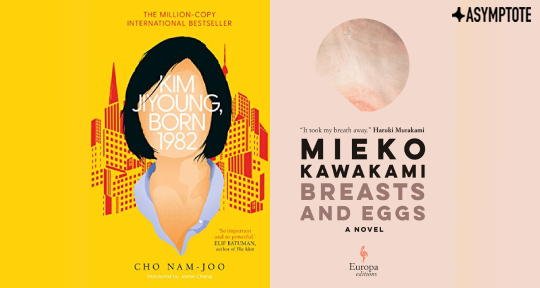
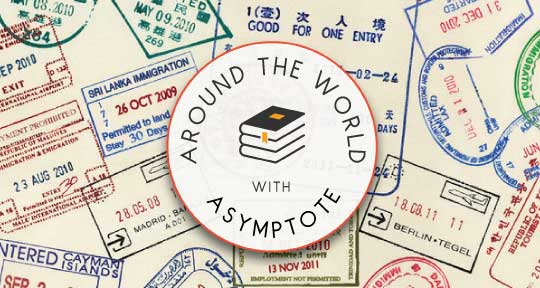

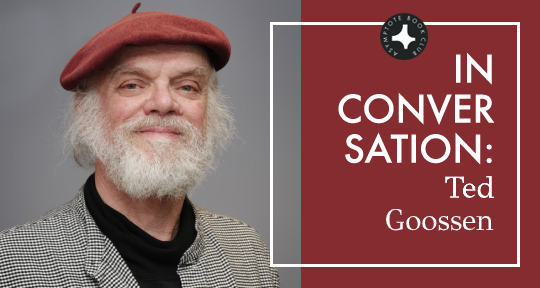
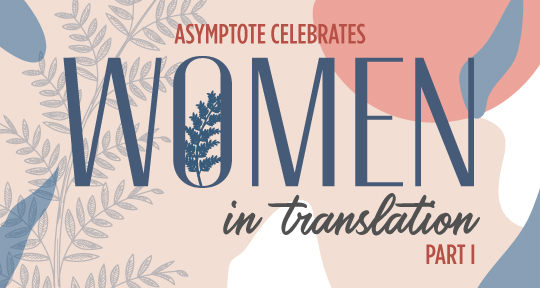

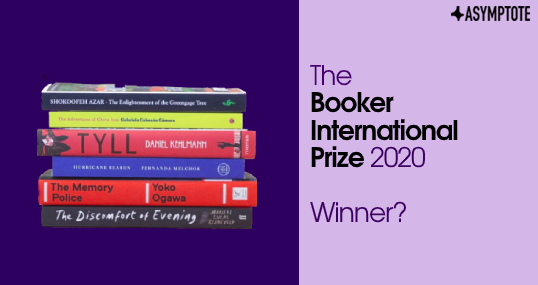




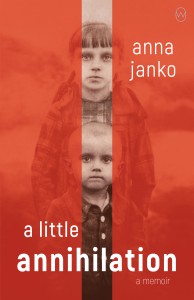
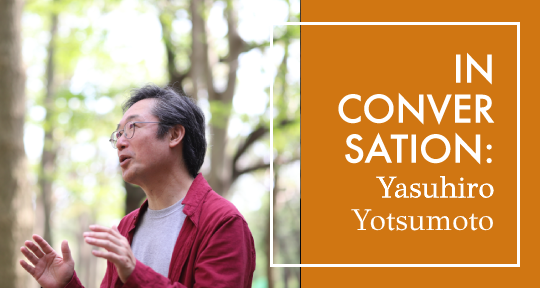

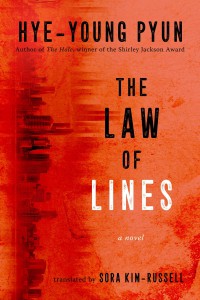

Announcing our August Book Club Selection: People From My Neighborhood by Hiromi Kawakami
The portrayal and analysis of collective experience makes this a text that truly meets our moment.
As we continue into the latter half of this increasingly surreal year, one finds the need for a little magic. Thus it is with a feeling of great timeliness that we present our Book Club selection for the month of August, the well-loved Hiromi Kawakami’s new fiction collection, People From My Neighborhood. In turns enigmatic and poignant, as puzzling as it is profound, Kawakami’s readily quiet, pondering work is devoted to the way our human patterns may be spliced through with intrigue, strangeness, and fantasy; amongst these intersections of normality and sublimity one finds a great and wandering beauty.
The Asymptote Book Club aspires to bring the best in translated fiction every month to readers around the world. You can sign up to receive next month’s selection on our website for as little as USD15 per book; once you’re a member, you can join the online discussion on our Facebook page!
People From My Neighbourhood by Hiromi Kawakami, translated from the Japanese by Ted Goossen, Granta, 2020
Like a box of chocolates, Hiromi Kawakami’s People From My Neighbourhood (translated from the Japanese by Ted Goossen) contains an assortment of bite-sized delights, each distinct yet related. This peculiar collection of flash fiction paints a portrait of exactly what the title suggests—the denizens of the narrator’s neighborhood—while striking a perfect balance between intriguing specificity and beguiling universality. The opening chapters introduce readers to each of the neighborhood’s curious inhabitants, while later chapters build upon the foundation, gradually erecting a universe of complex human relationships, rigorous social commentary, immense beauty, and more than a little magic.
Existing fans of Kawakami’s will surely recognize these common features of her award-winning body of work, while first-time readers will likely go searching for more. Goossen is better known as a translator of Murakami and editor of the English version of the Japanese literary magazine MONKEY: New Writing from Japan (formerly Monkey Business); ever committed to introducing Anglophone readers to non-canonical Japanese writers, he brings his flair for nonchalant magical realism to this winning new collaboration.
The first story, “The Secret,” introduces readers to the anonymous narrator and sets the tone for the collection. First presented as genderless, (we only find out later that she is female) she discovers an androgynous child, who turns out to be male, under a white blanket in a park. The child, wild and independent, comes home with her. Despite occasional disappearances, he keeps her company as she ages, all the while remaining a child. In this story, we receive her only concrete—but general—description of herself: “I’ve come to realize that he can’t be human after all, seeing how he’s stayed the same all these years. Humans change over time. I certainly have. I’ve aged and become grumpy. But I’ve come to love him, though I didn’t at first.” This one statement exemplifies many of the collection’s trademark characteristics and overarching themes: a version of time in which past, present, and eternity coexist, the supernatural, and the narrator’s fascinating method of characterization. READ MORE…
Contributor:- Lindsay Semel
; Language: - Japanese
; Place: - Japan
; Writer: - Hiromi Kawakami
; Tags: - family
, - fantasy
, - Japanese literature
, - Magical Realism
, - social commentary
, - strangeness
, - Women Writers